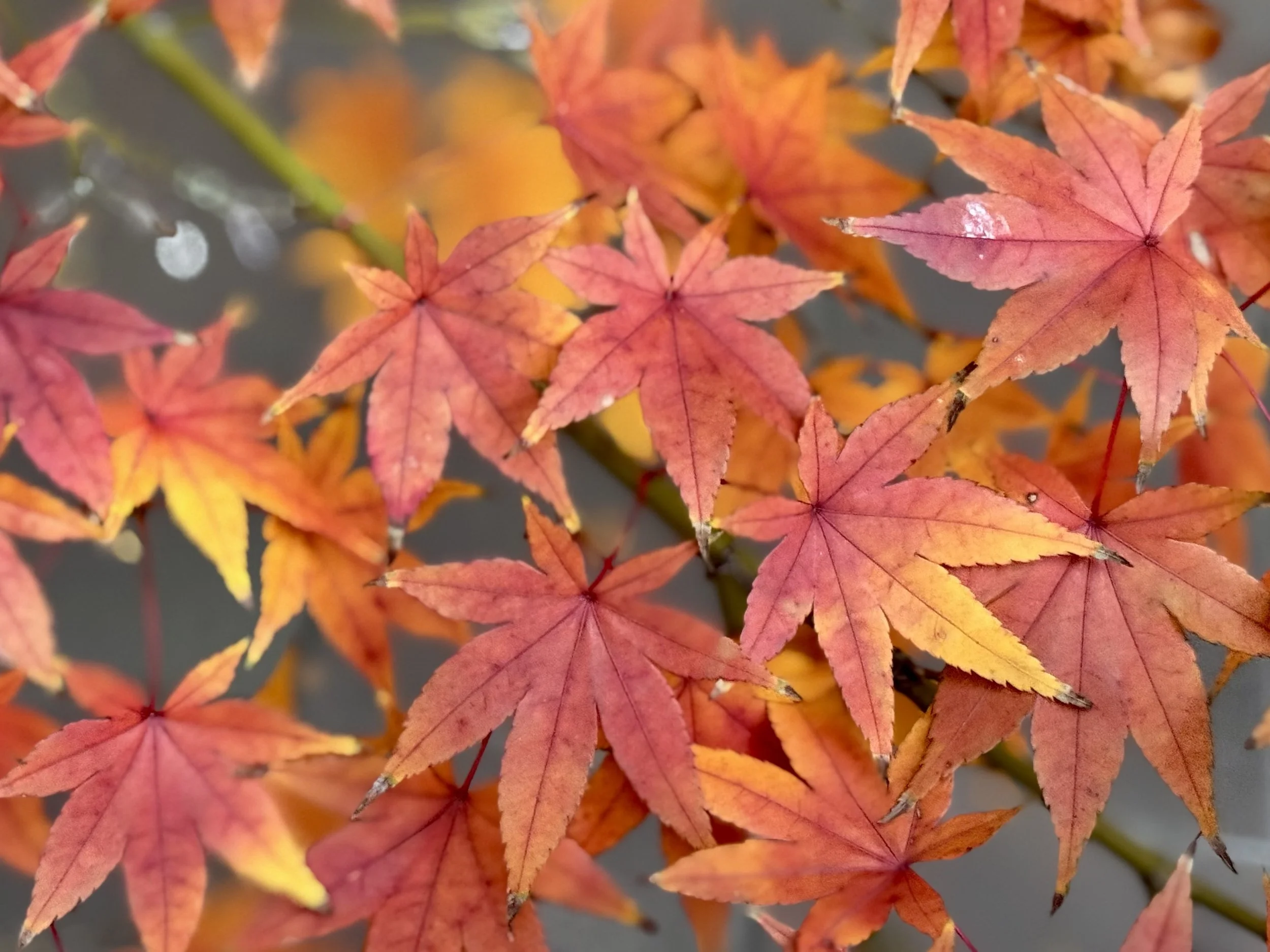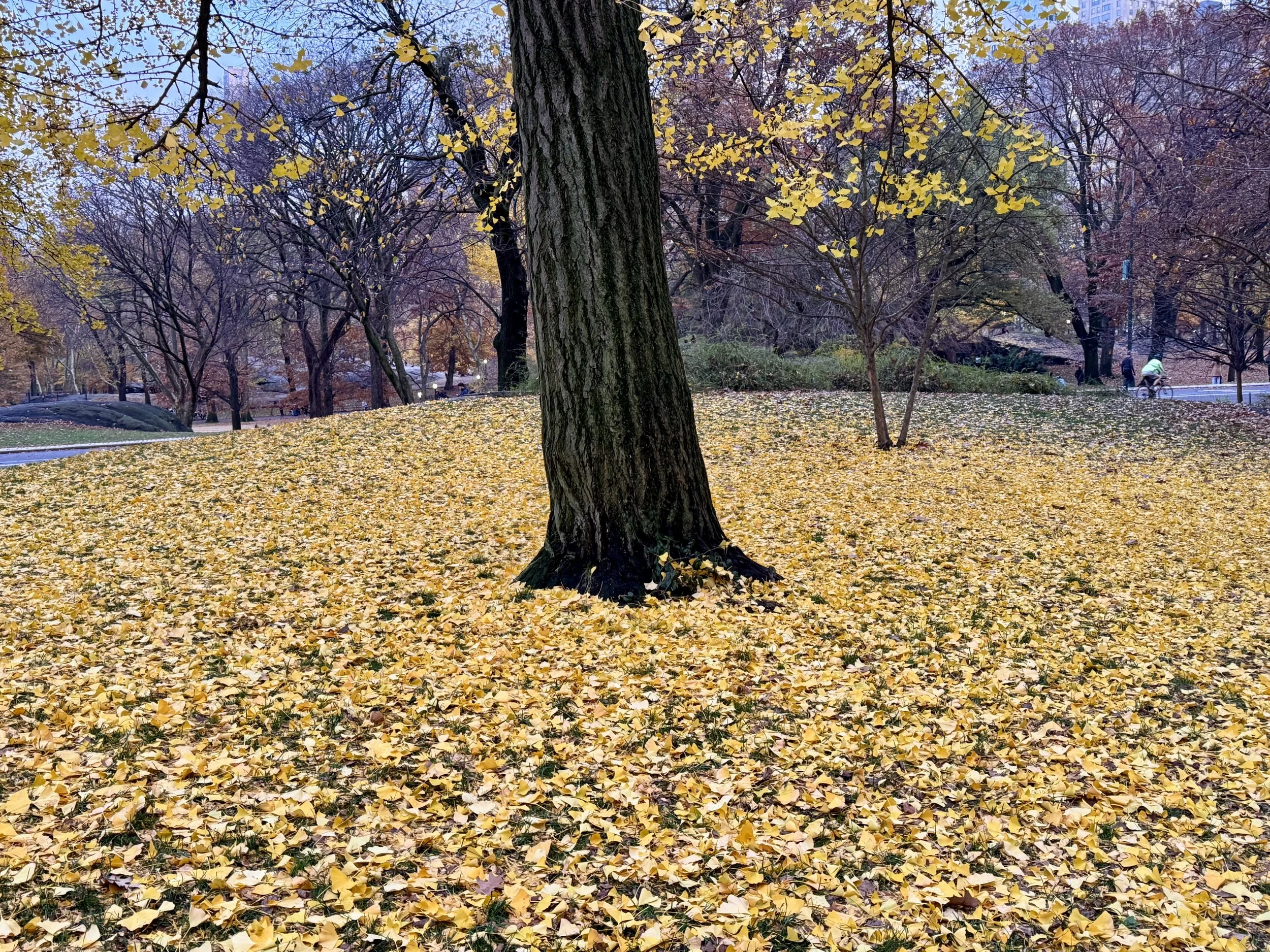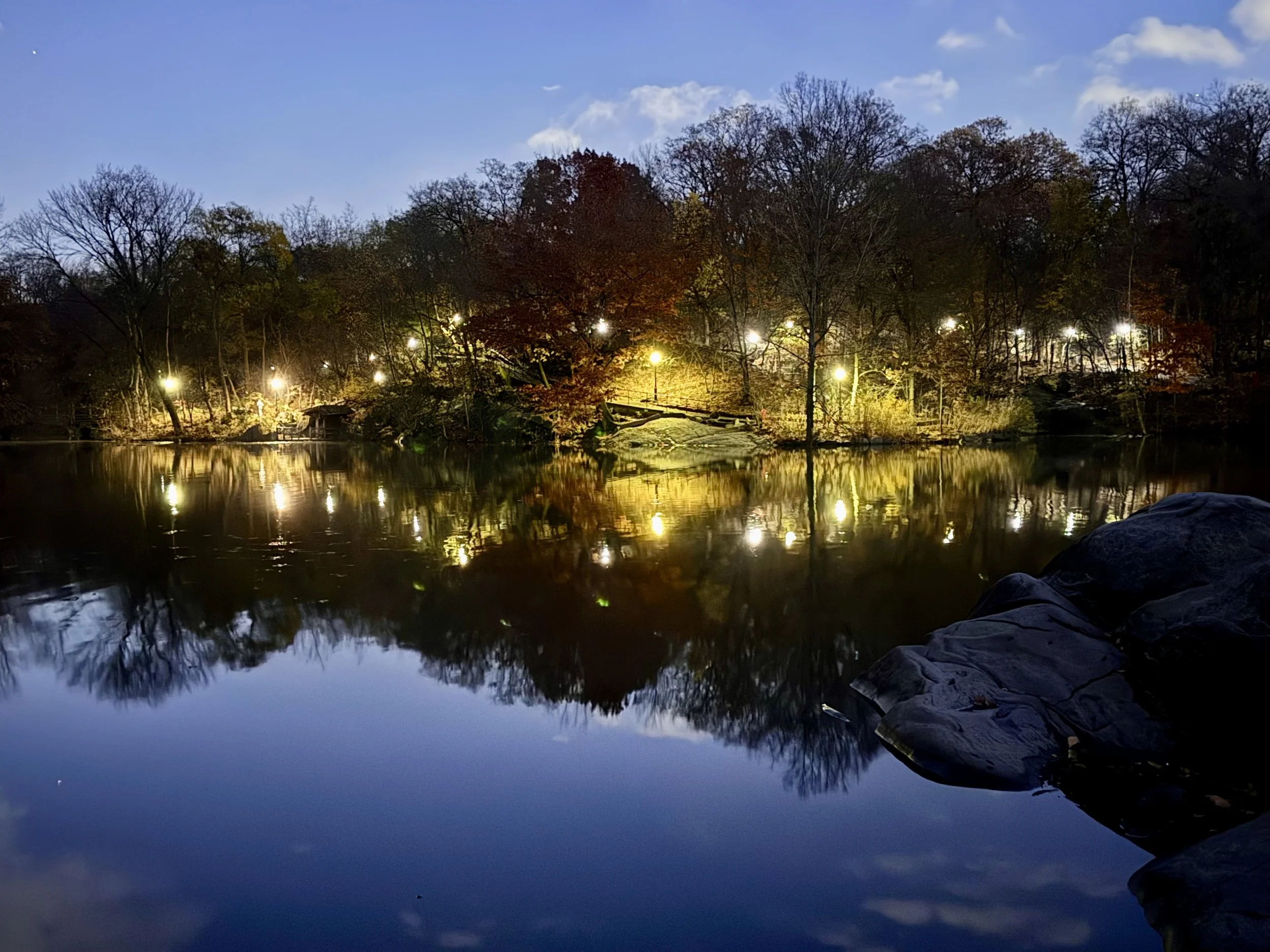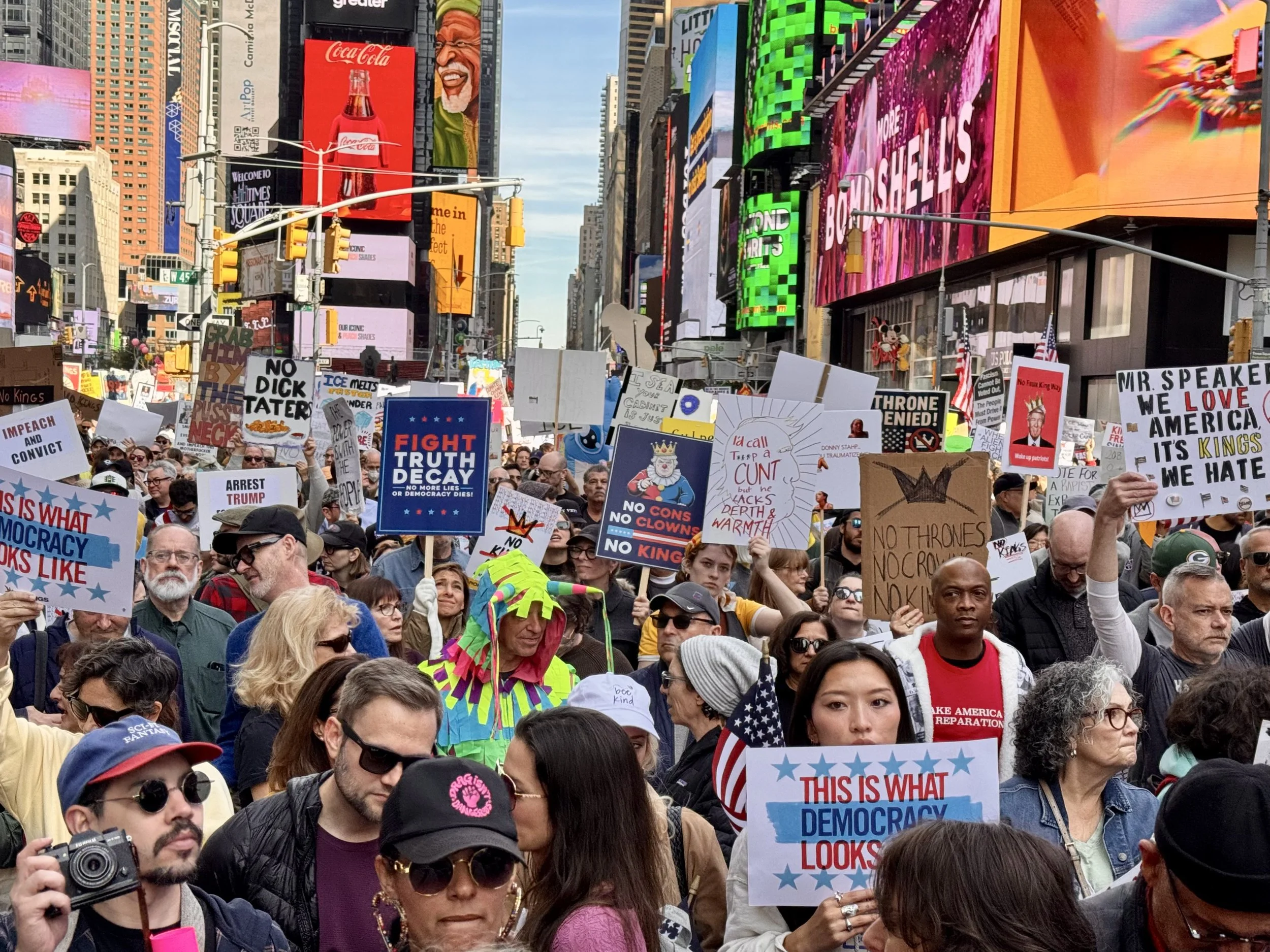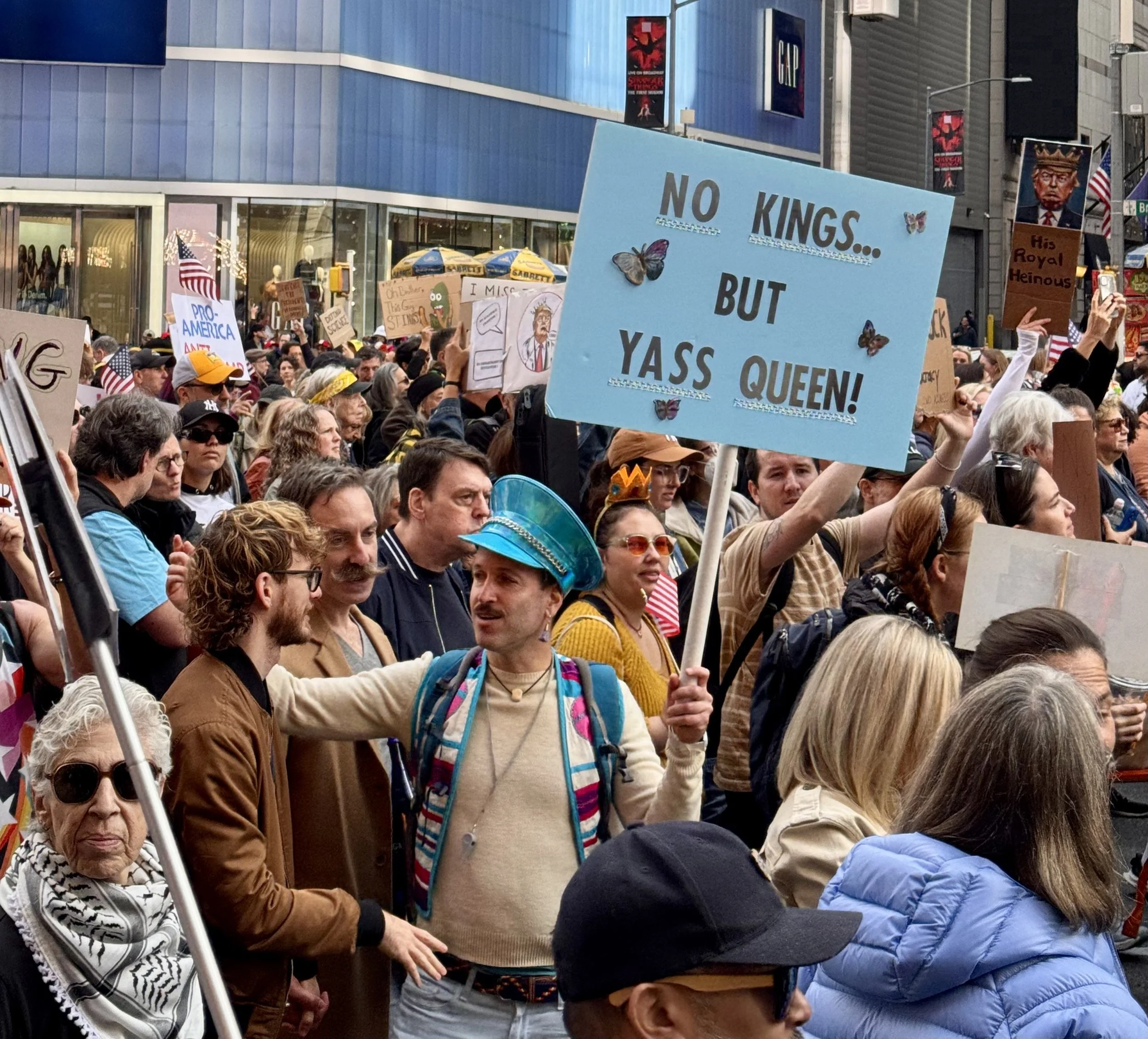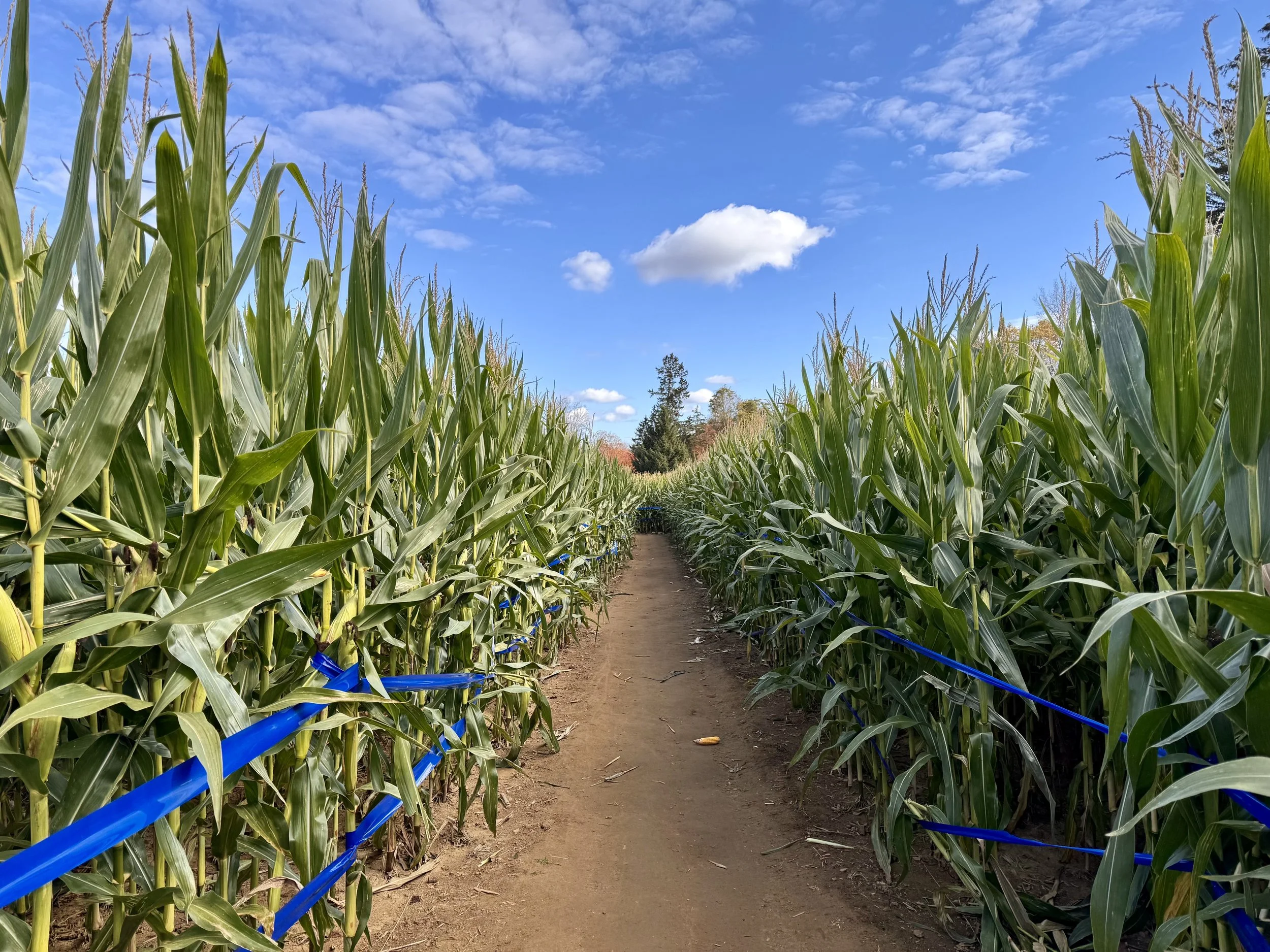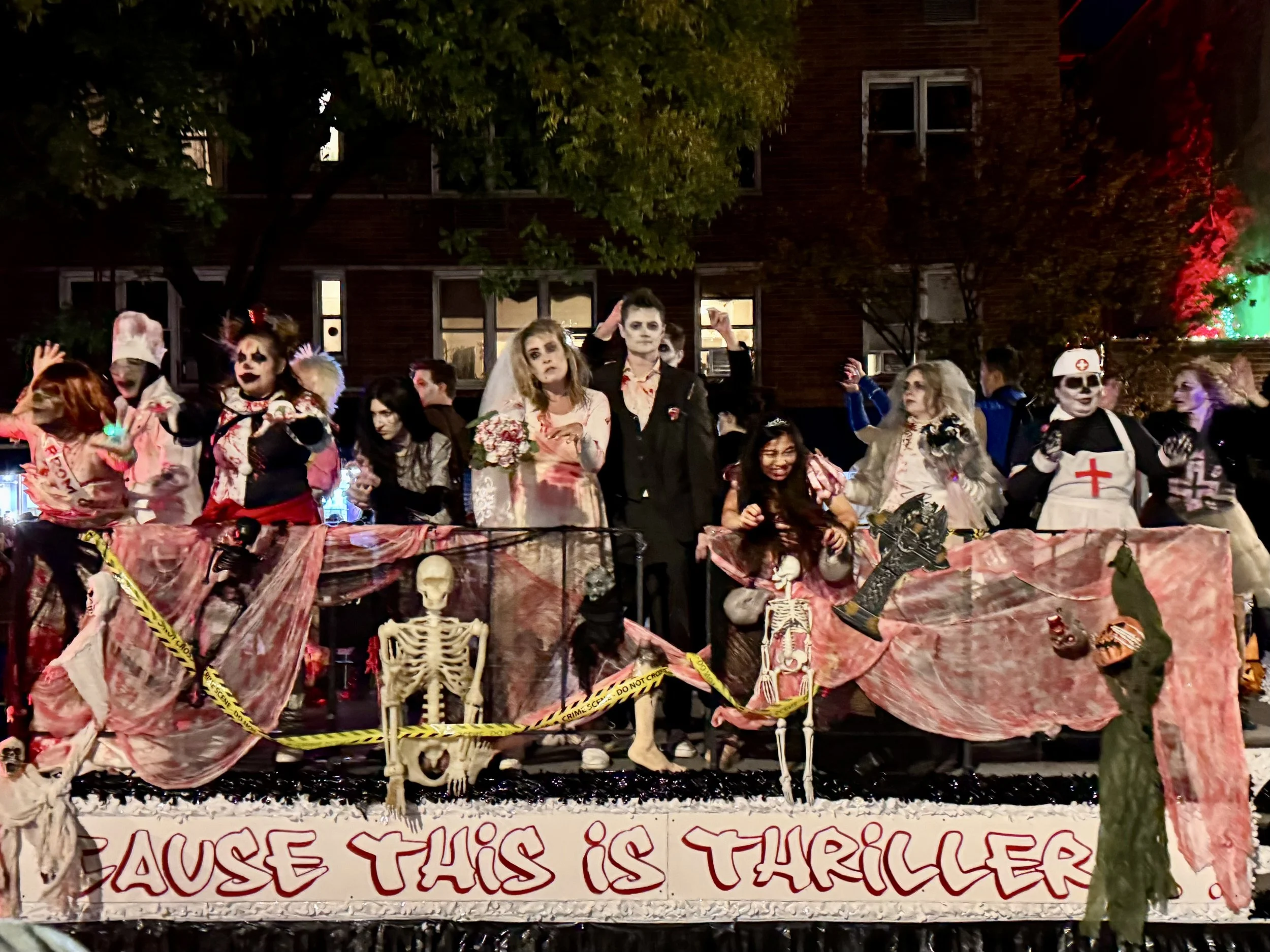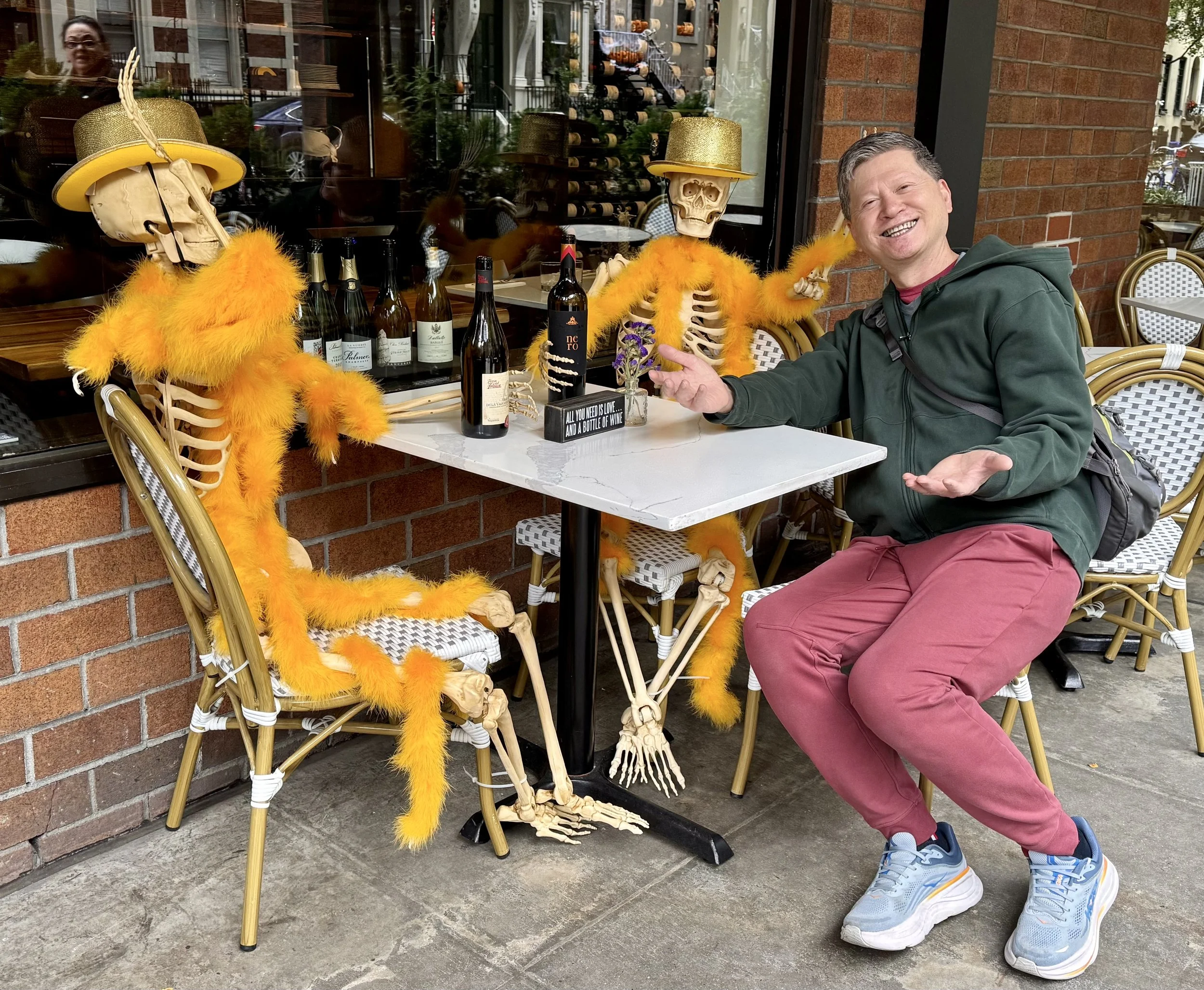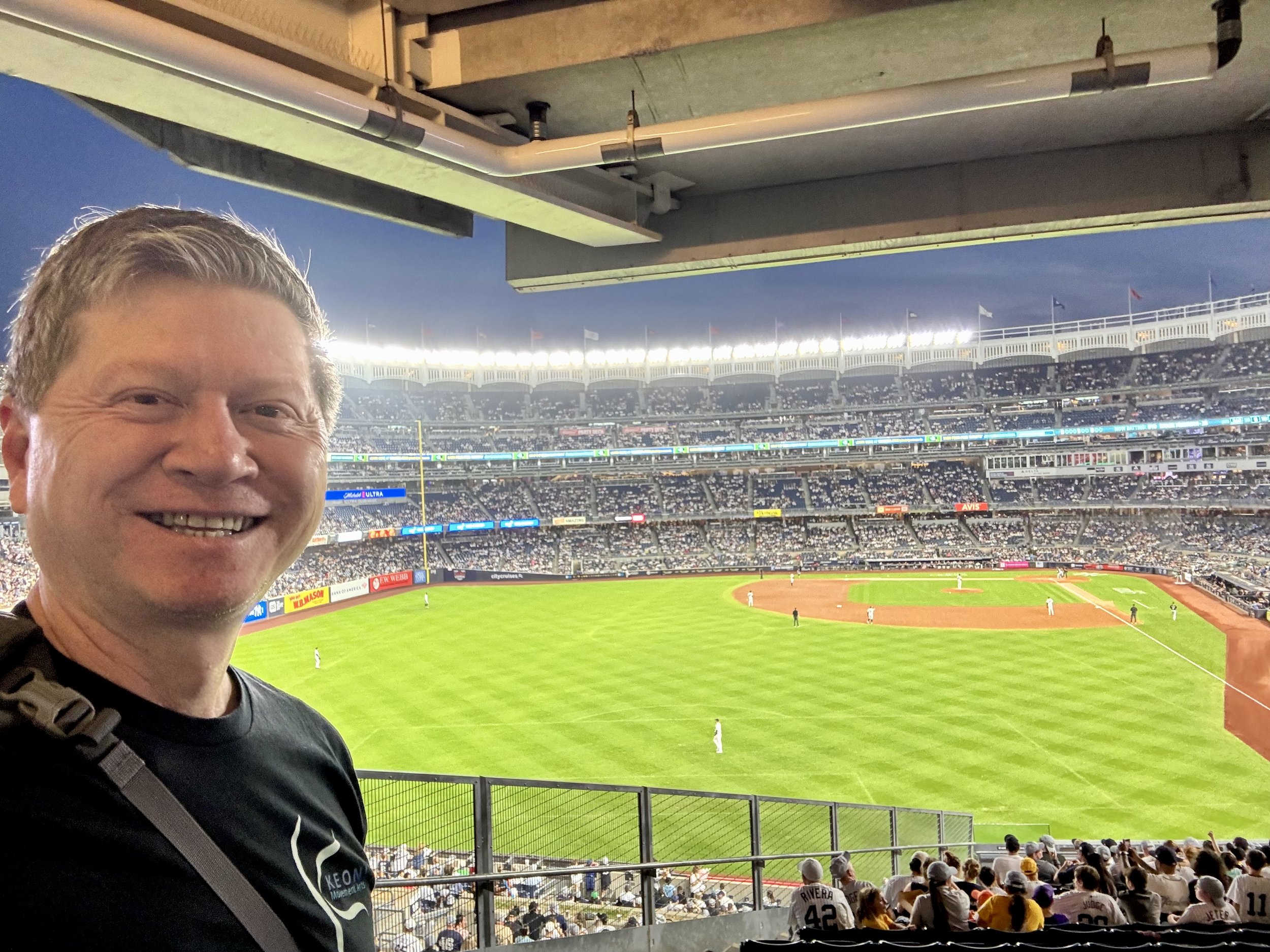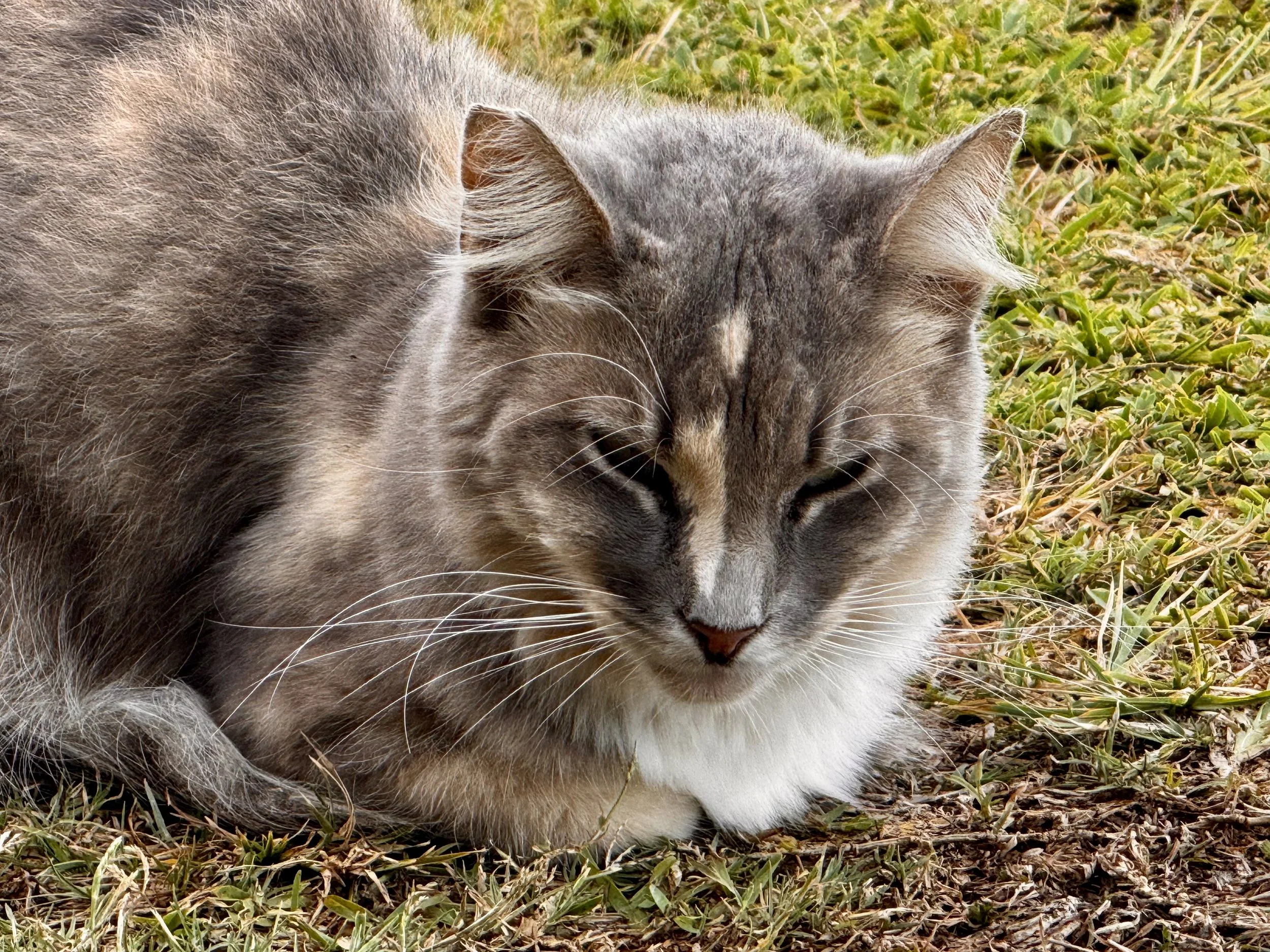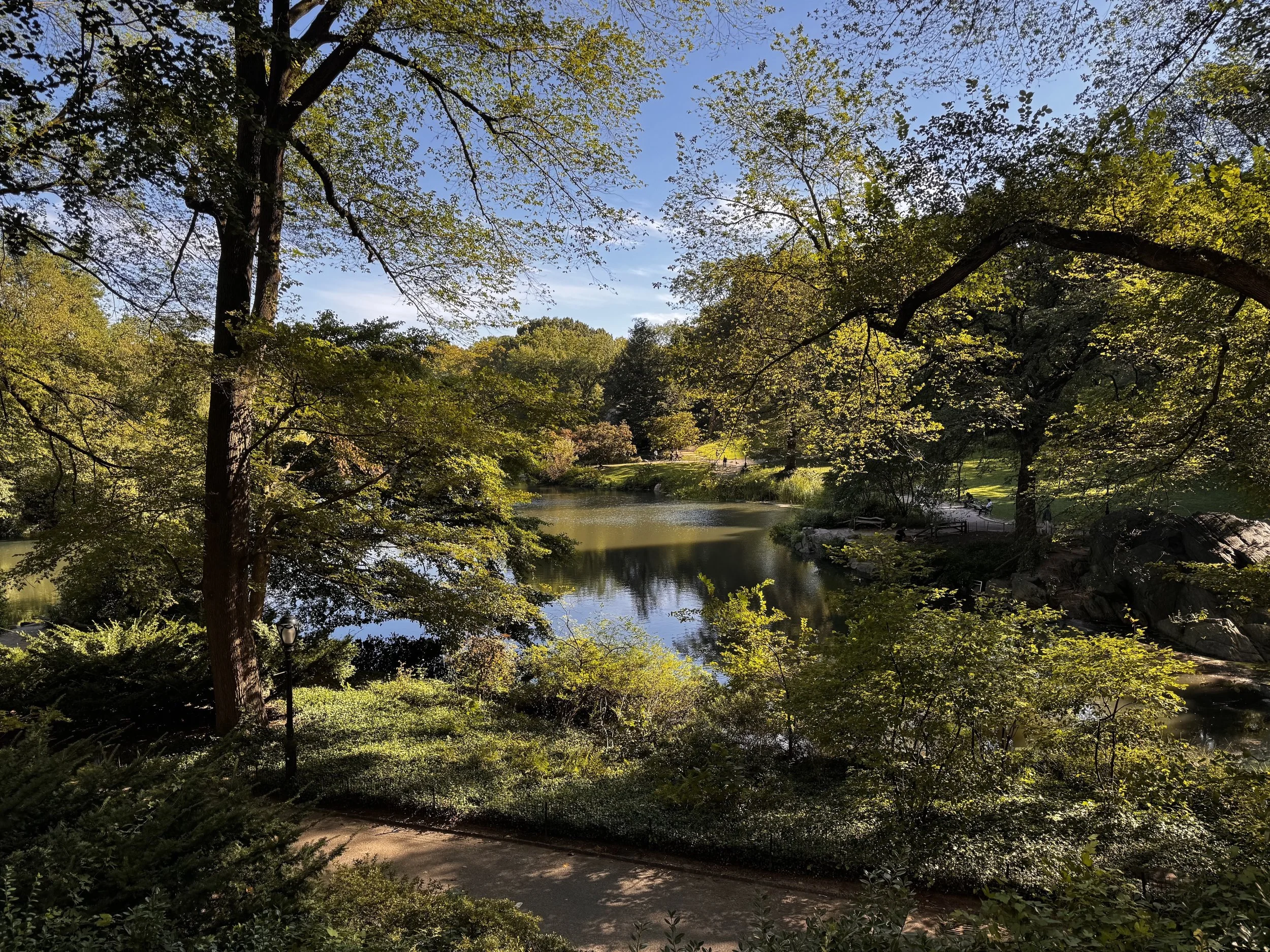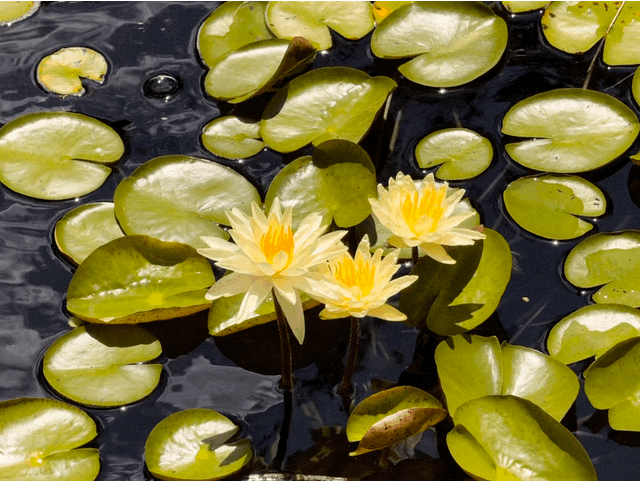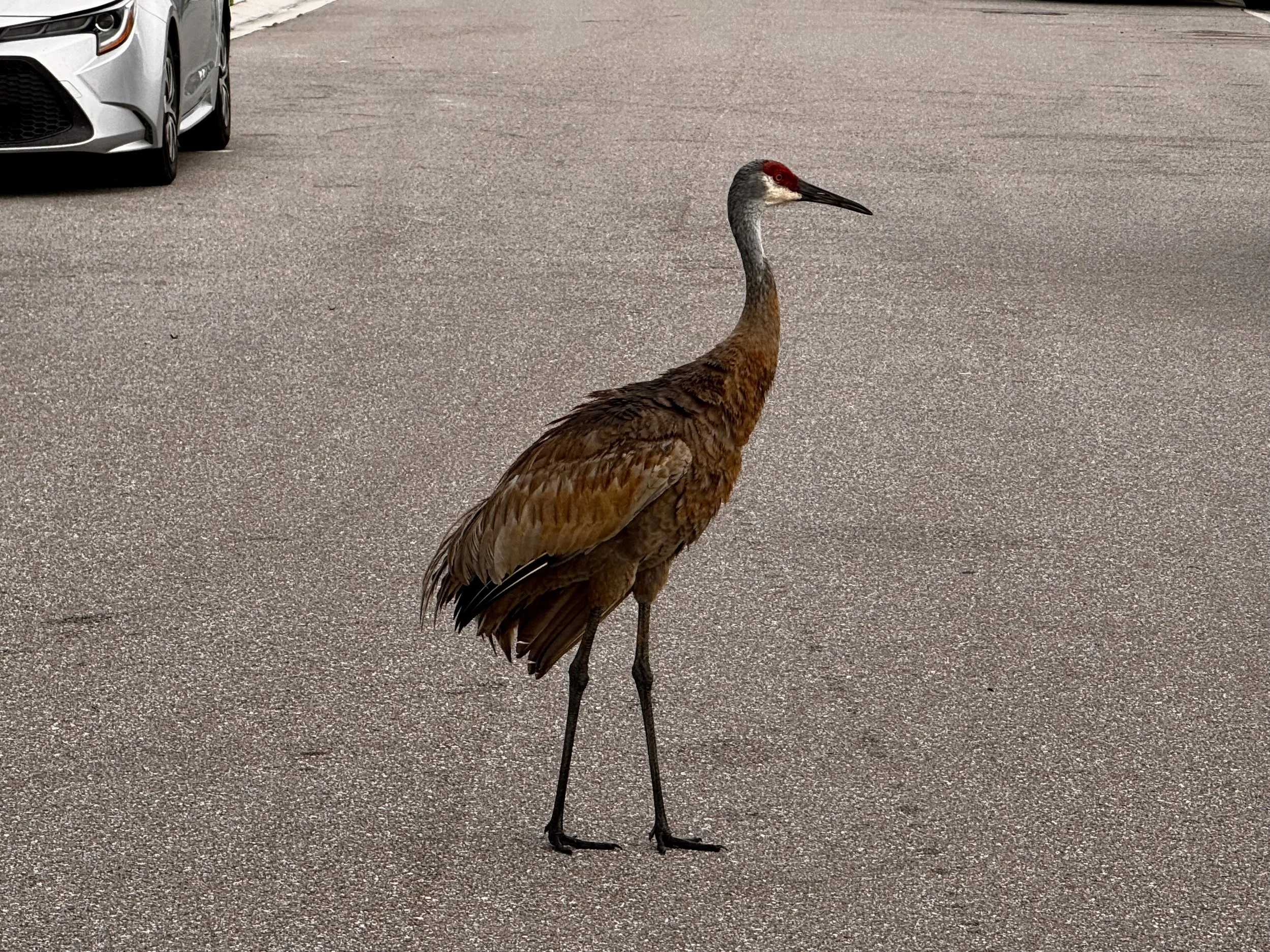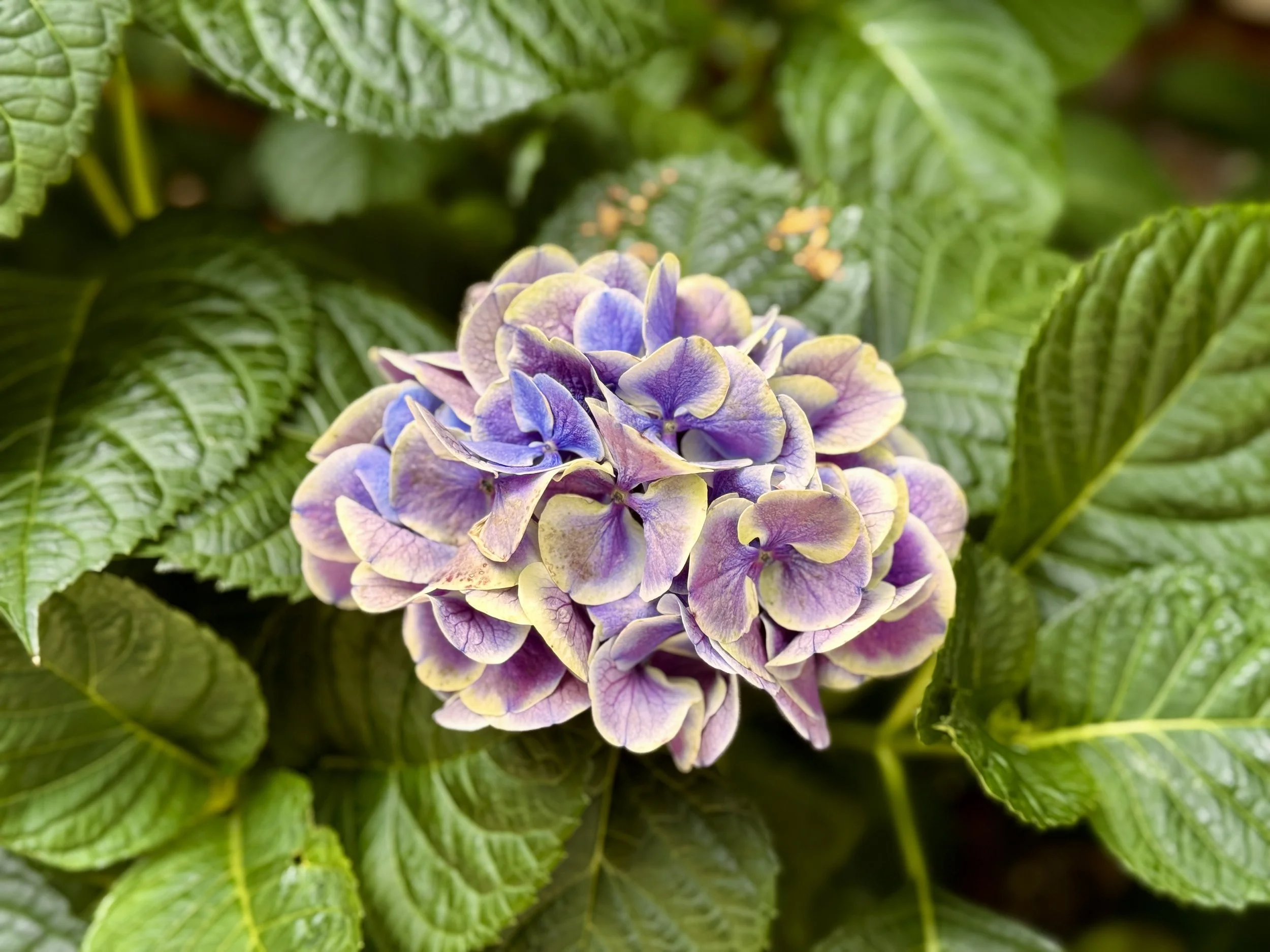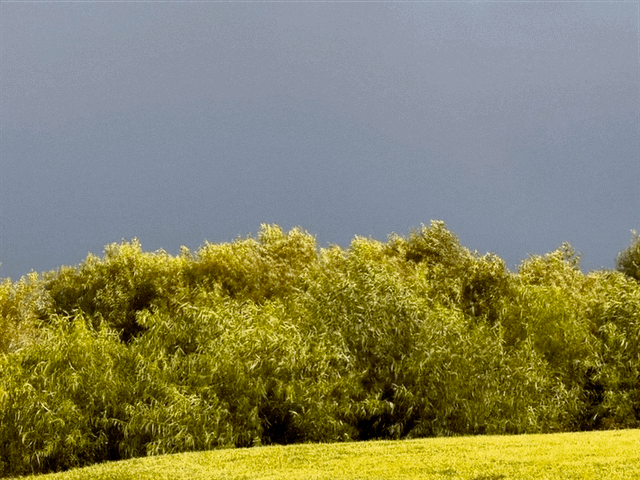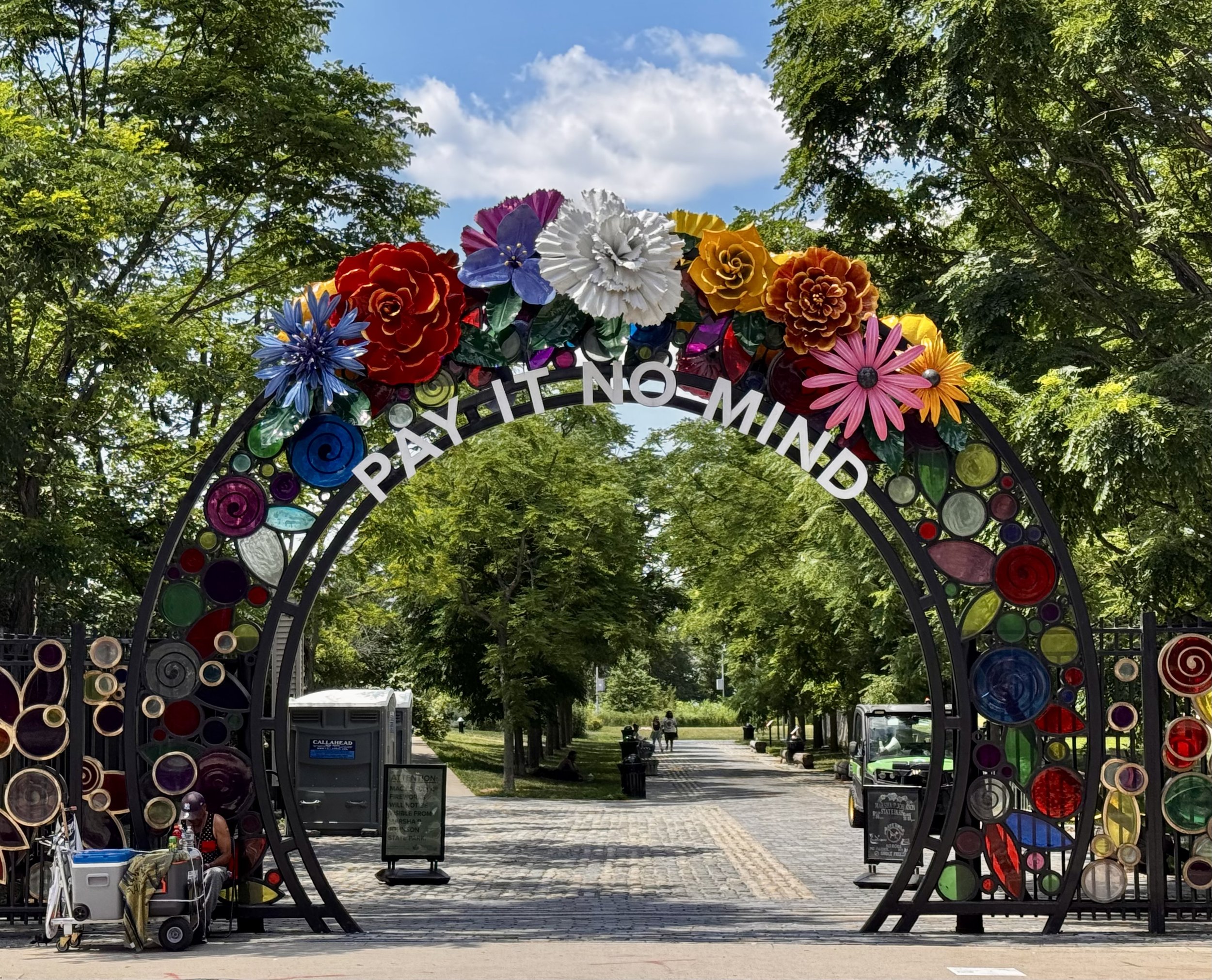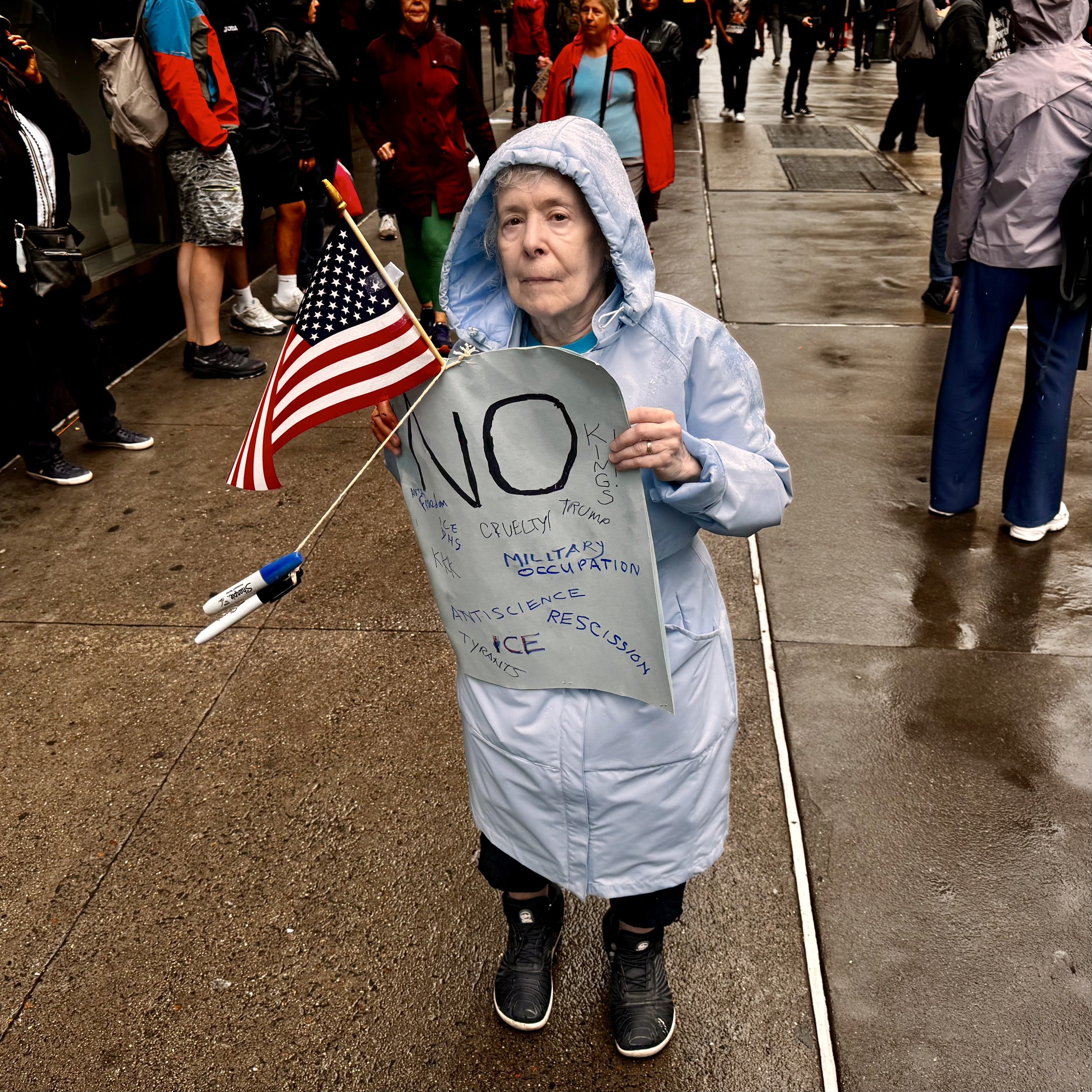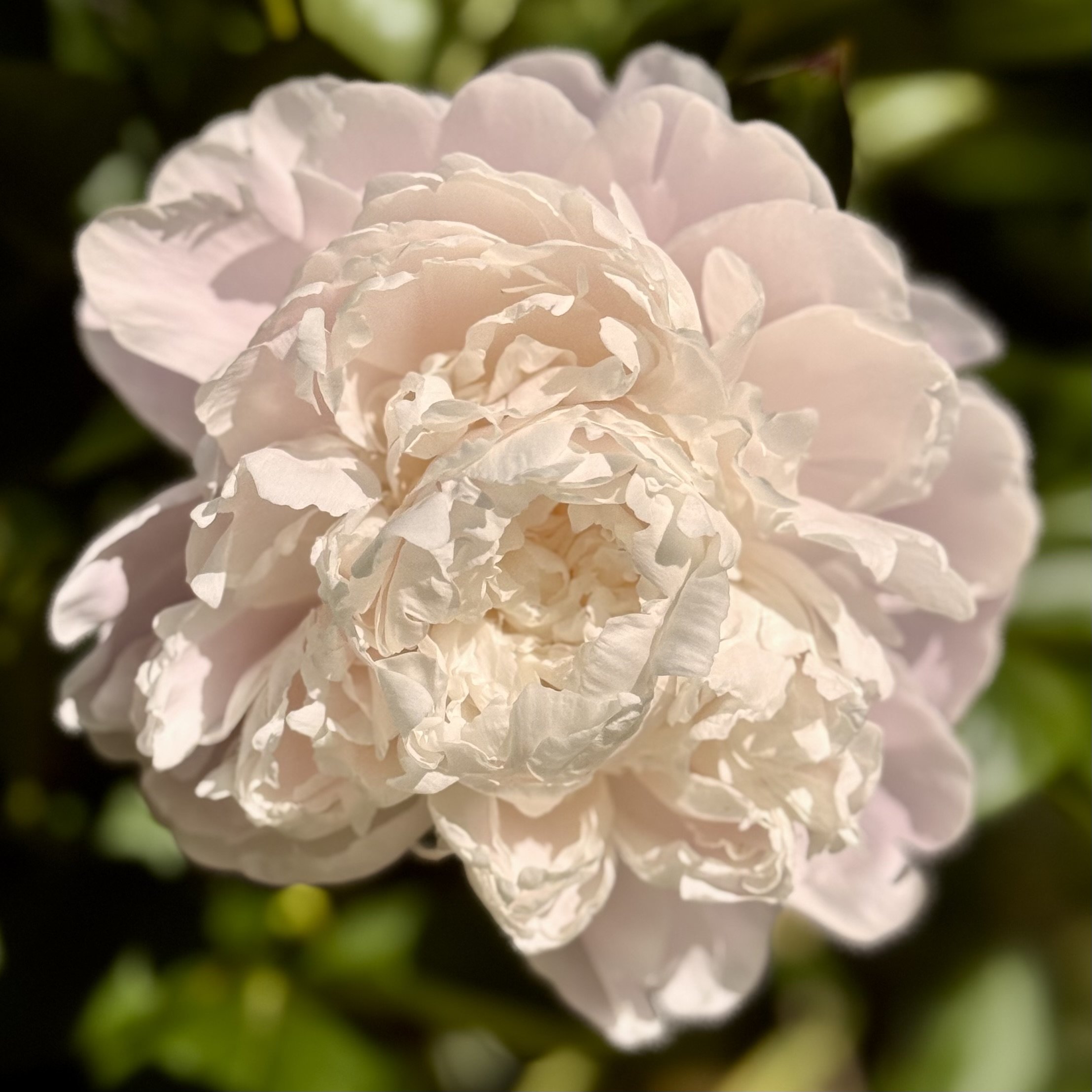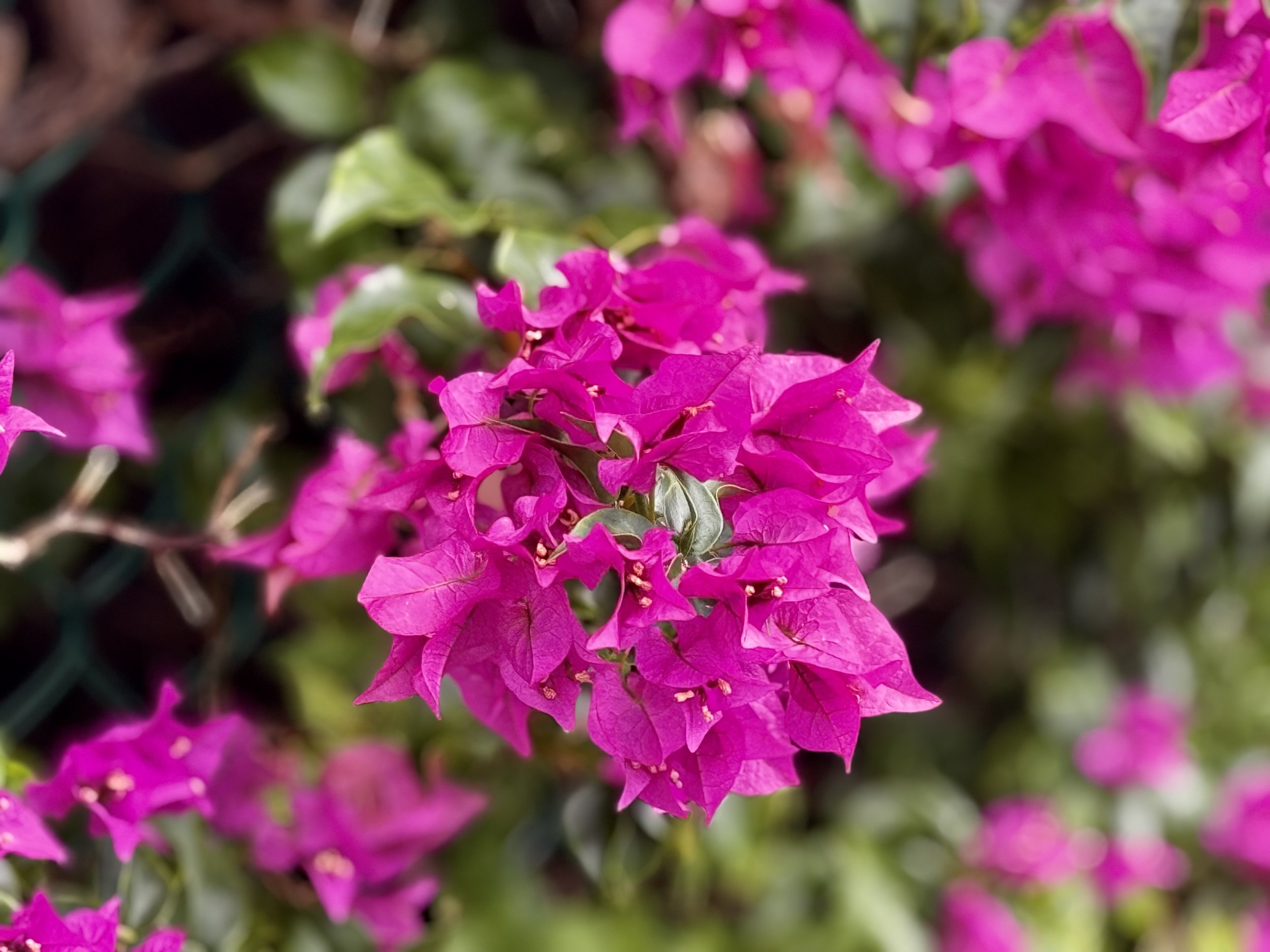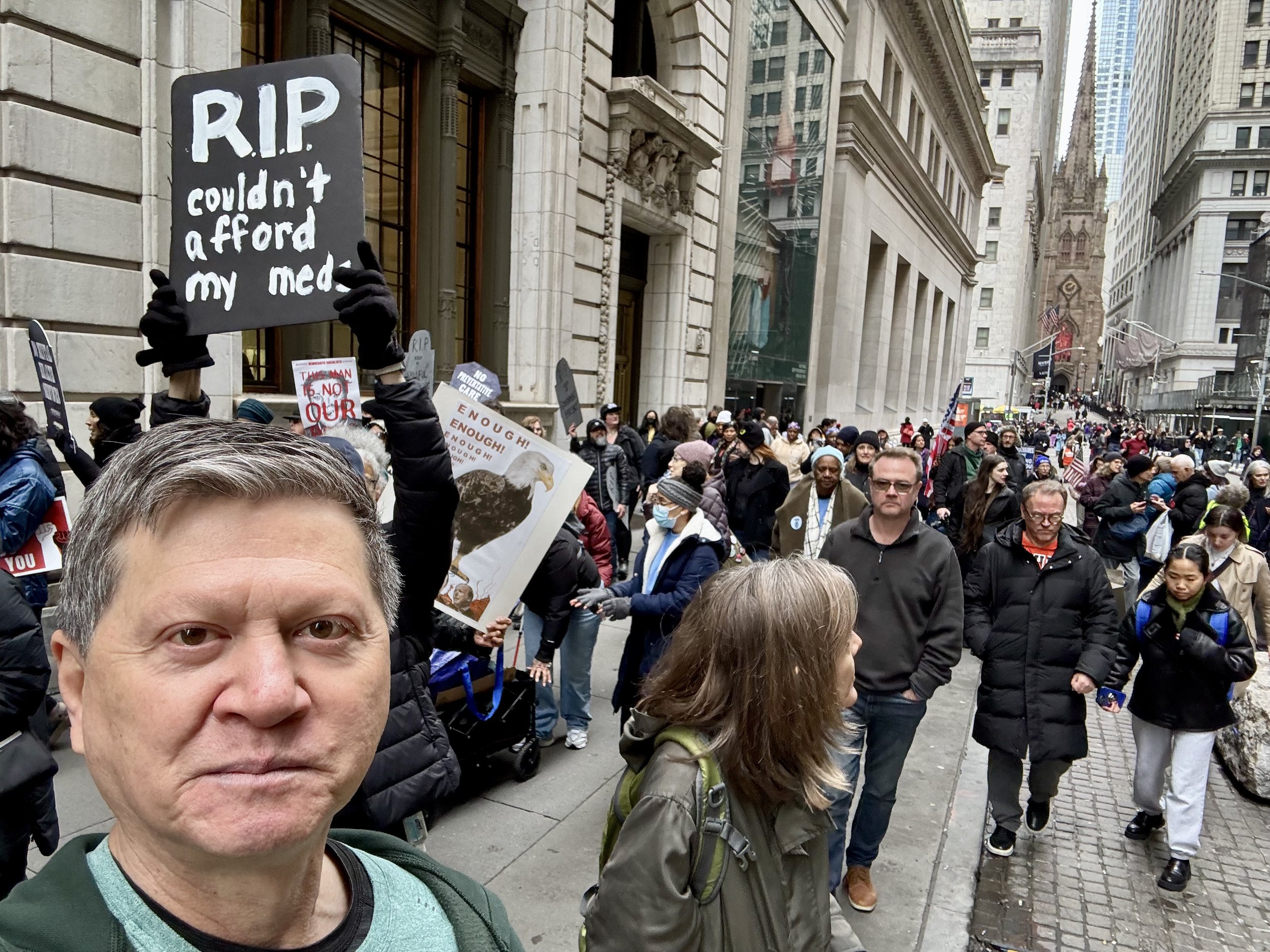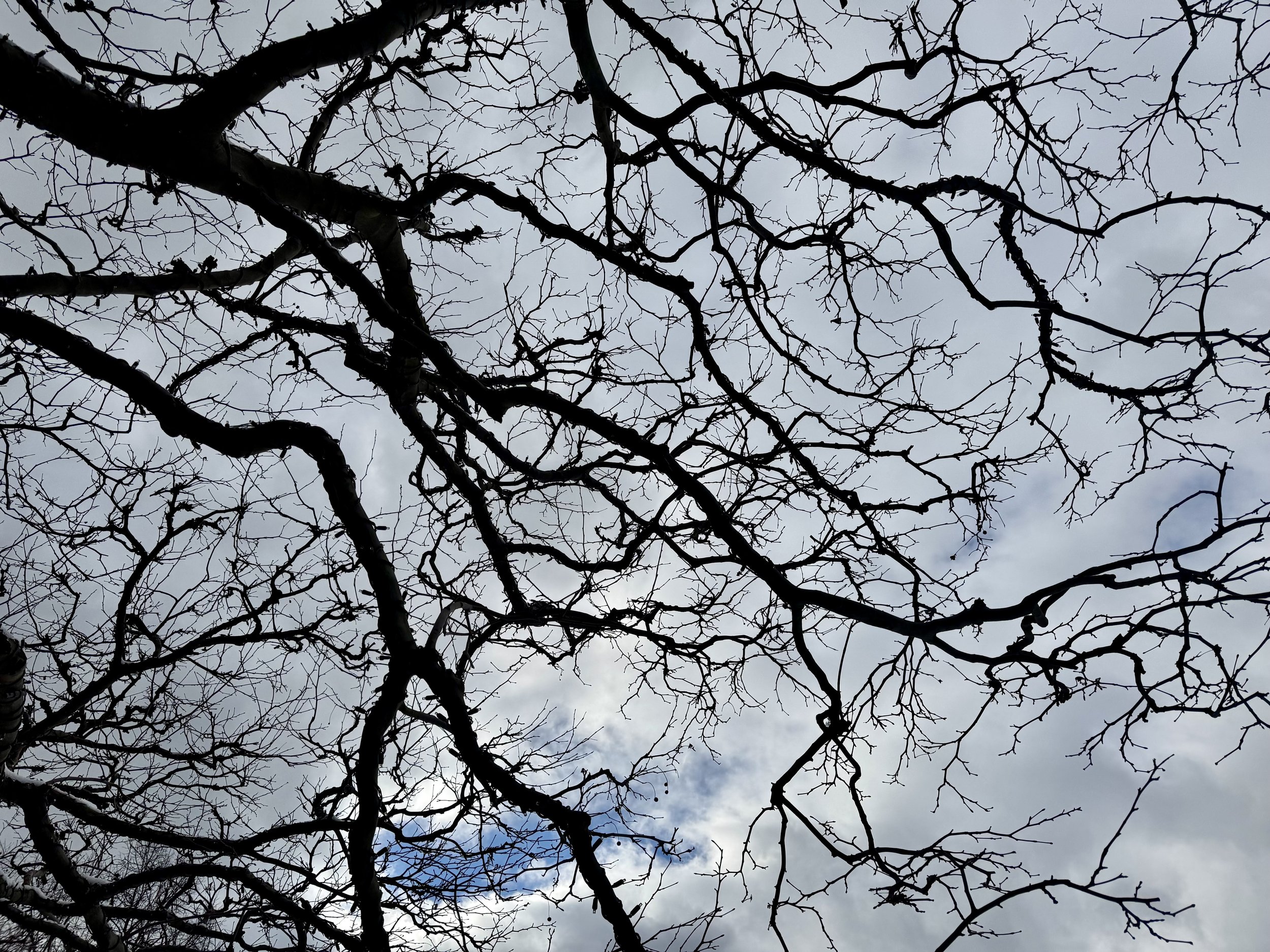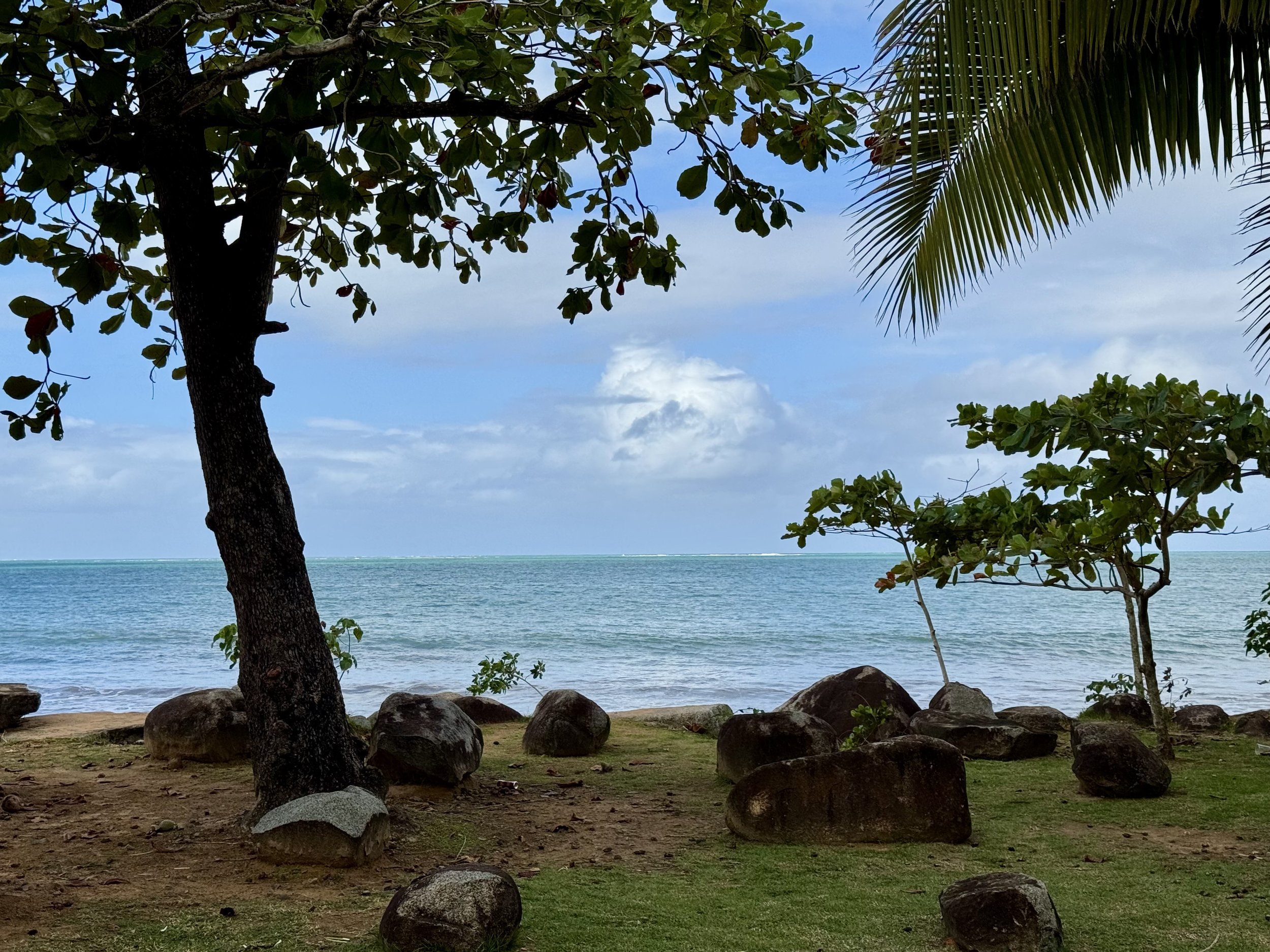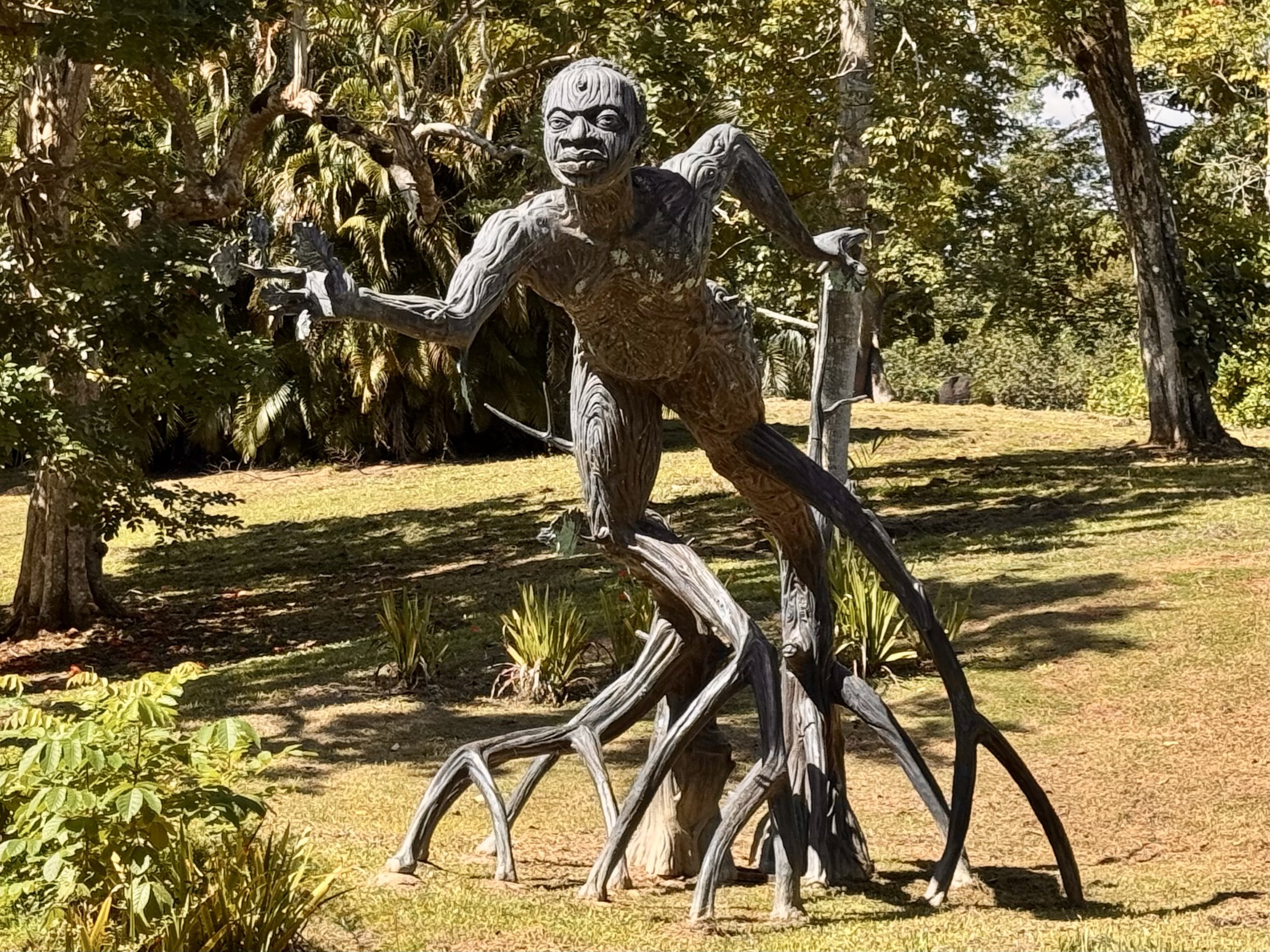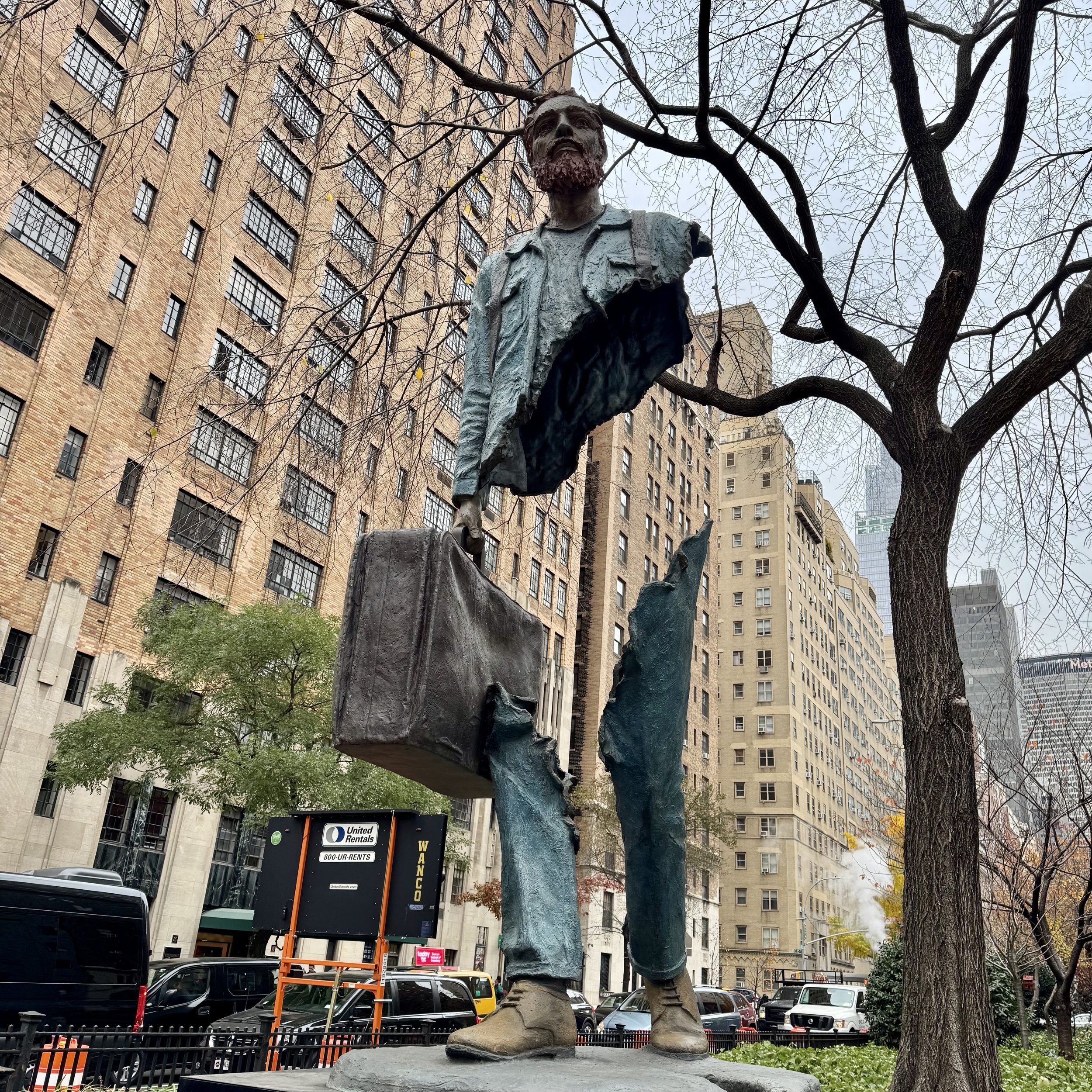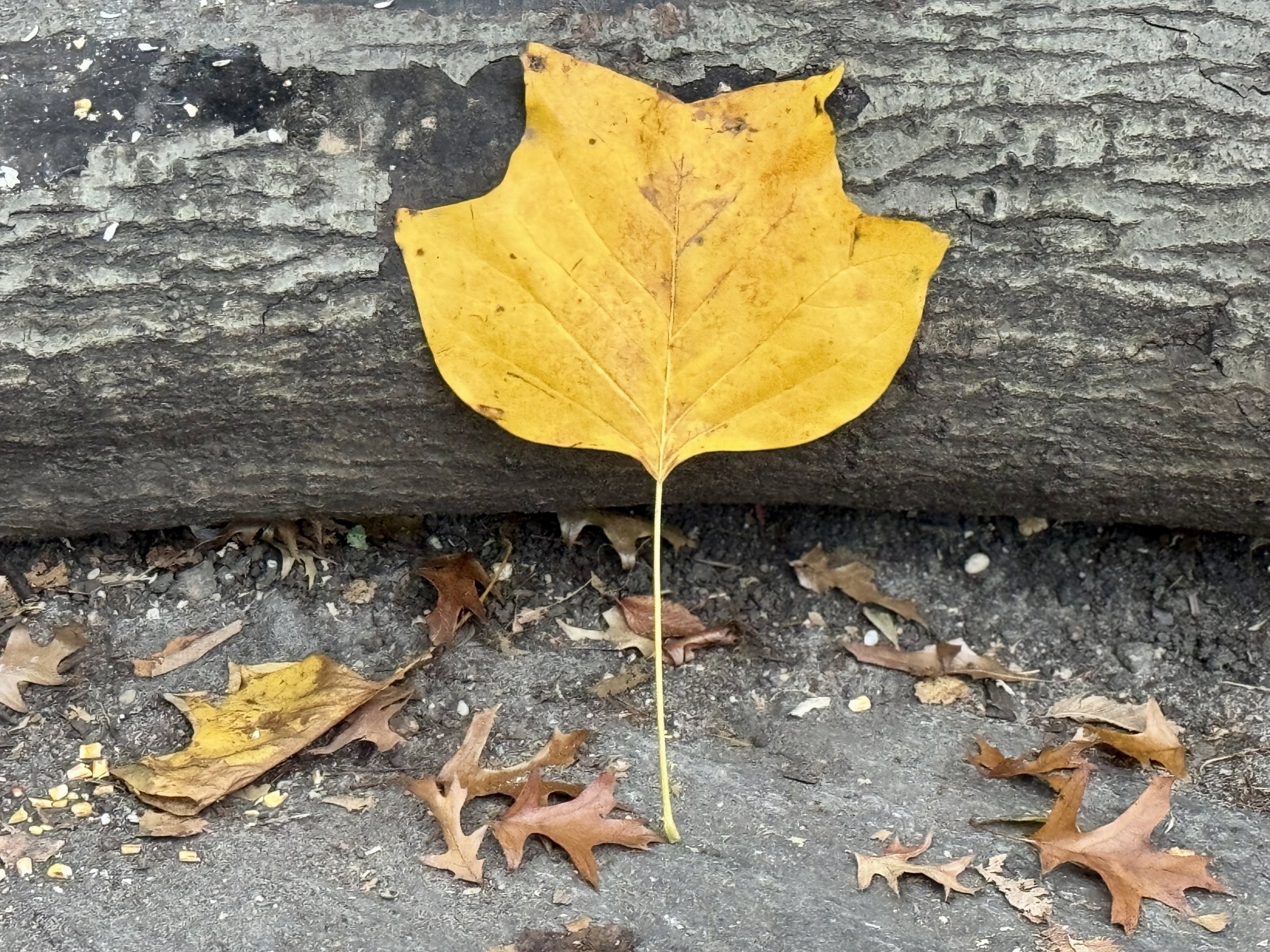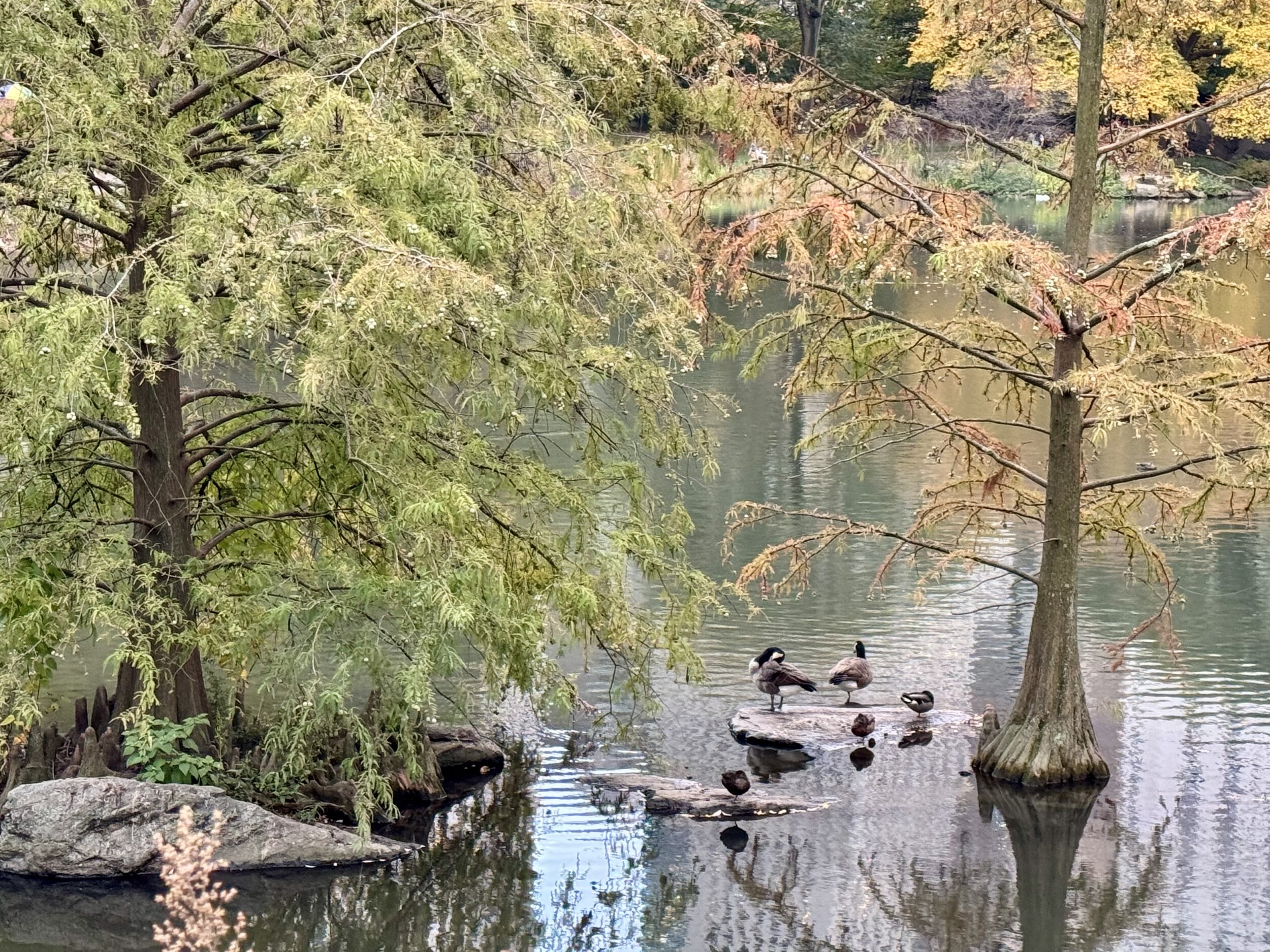Yoga and the Power of Awe
/Fall's magnificent colors connect me to something much bigger.
……………………
Earlier this month, a documentary on PBS called Giants Rising caught my attention as I was flipping through the channels. I immediately set my DVR to record it. The documentary is about Redwood trees. They grow in northern California and southern Oregon. The documentary shares not only amazing facts about this natural wonder but also the positive effects they can have on human beings. Did you know that Redwoods can grow to be over 300 feet tall and can live to be over 2000 years old? And that for such tall trees, their roots are only 6 – 12 feet deep. However, the roots grow outward up to 100 feet, connecting with other trees’ roots. Together, Redwood trees cooperate to intertwine and form a strong foundation that can support their enormous sizes and weights. Truly astounding! And certainly, an example that humans can learn from and try to emulate. Nature reminds us that, yes, we need one another in order to grow to our fullest potential.
As it relates to yoga, one of the benefits of being in the presence of these giants of Nature is that they can inspire a feeling of Awe in us. Dr. Paul Piff, a social psychologist at U.C. Irvine, has conducted studies on the effects that Redwood trees can have on humans. Here are a few things he said in the documentary:
We’ve done some studies where we actually put people … surround them with big trees and then studied what that does to them. They report having this experience of awe or this experience of wonder and as a result they feel insignificant and it feels so good. … What is it about the human mind that so cherishes experiences that make it feel less important?
In the emerging neuro-scientific understanding of Awe, what we’re seeing is decreased activation in the self-reflective parts of the brain … suggesting that Awe is associated with an increased attention to the outside environment.
… we know that Awe and time in nature has a lot of beneficial effects. … It slows the heart-rate down and gets people to experience a sense of calmness and contentment. … It quiets that buzzing of stressors that people carry around with them on a daily basis and reminds you of the bigger, more complex things in the world ….
We found that having people spend just 60 seconds looking up at big trees brought about this experience of Awe and as a result made them more compassionate, more ethical, more mindful of other’s needs … less likely to prioritize their own. And even made them more willing to help a stranger who was in need of help ….
We think that Awe might have evolved as an emotion for humans because it helped us connect to others … be more cooperative. Our ability to forgo self-interest in the favor of larger, common goals. That is critical to how we survive as a species. I think Redwoods and experiences in Nature are one of the primary ways in which people get to be reminded I’m a small part of this bigger world. And I need to do things to help protect it and to help make sure that others get to experience it as well.
As I was viewing the documentary, I couldn’t help but think that trying to connect to something bigger than the smaller self is why we practice yoga and meditation. There seemed to me to be some similarities between the experience of Awe and yoga practices. Take for example the chanting of OM, which we often do at the beginning and ending of yoga practice. When we chant the sound Om, we begin with the sound “Ahh.” Similarly, when we are in the midst of something Awe-inspiring, we might instinctively utter a similar sound – the sound “Awe.”
According to the website Gaia:
the mantra Om is one of the most ancient and revered mantras in the spiritual traditions of India
Each repetition of Om is a reminder of our relationship with creation and a call for harmony and inner peace
The syllable is pronounced “AUM” and consists of three sounds: A (ahh), U (ooh), and M (mmm). These three sounds symbolize different aspects of divinity and existence. The sound “A” represents the beginning, creation; “U” symbolizes preservation, and “M” represents transformation or destruction. When combined, these sounds represent the complete cycle of existence.
Reciting the Om mantra has multiple benefits for both the mind and body [including]:
Reduces stress and anxiety: The vibration of Om induces relaxation, decreasing tension and mental restlessness.
Improves concentration: The focus required to correctly chant Om helps enhance attention and mental clarity.
Encourages spiritual connection: Repeating Om can intensify the feeling of spiritual connection and unity with the universe.

